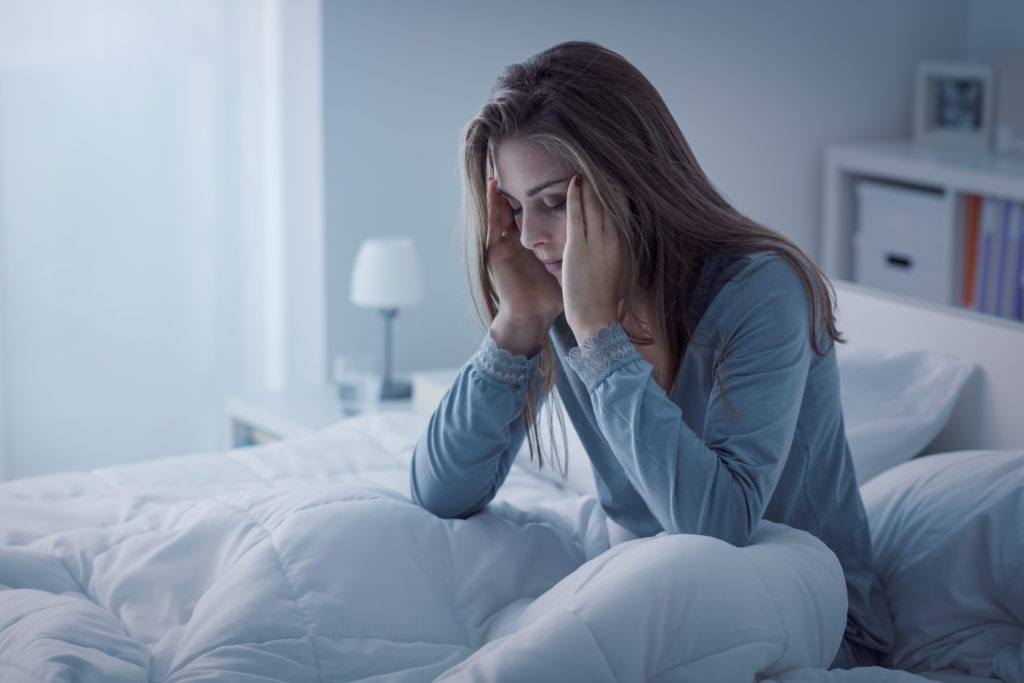What is Clonidine?
According to Medline, Clonidine was originally intended to treat high blood pressure or symptoms associated with ADHD. Clonidine treats high blood pressure by decreasing the heart rate and relaxing the blood vessels so that blood can flow more easily through the body. Clonidine extended-release tablets may treat ADHD by affecting the part of the brain that controls attention and impulsivity. It is also used in the treatment of severe menstrual cramps, Tourette’s syndrome, menopausal hot flashes, and opiate withdrawal.
About Opiate Withdrawal Symptoms
Quitting the use of opiates suddenly by doing so cold turkey can result in some very intense withdrawal symptoms. Depending on the length and severity of the opiate addiction, these symptoms can last anywhere from a week to many months. Some people may even experience acute withdrawal symptoms for up to a year or more. These intense withdrawal symptoms can be absolutely debilitating, leaving people in miserably high levels of discomfort. This usually drives people to relapse, and relapses can often result in overdose and death.
Some withdrawal symptoms associated with opioid withdrawal include:
- Nausea
- Vomiting
- Diarrhea
- Abdominal cramps
- Insomnia
- Muscle aches
- Joint pain
- Goosebumps
- Dilated pupils
- Uncontrollable yawning
- Flu symptoms
- Irritability
- Anxiety
How Clonidine Helps
In an effort to help curb these intense withdrawal symptoms, people who enter treatment can take Clonidine. Experiencing little to no withdrawal symptoms is important in the recovery process. This can help determine whether or not someone decides to enter treatment. Knowing that detox won’t be painful is very often a deciding factor. In addition, having little to no withdrawal symptoms helps people move on to treatment more quickly.
The withdrawal symptoms that Clonidine helps suppress are:
- Anxiety
- Agitation
- Flu-like symptoms
- Abdominal cramps
- Muscle aches
- Sweating
According to The National Library of Medicine, Clonidine does not help to reduce cravings. It also does not help with insomnia associated with detox, or the intense drug cravings. However, there are other medications that can be used alongside Clonidine to help those symptoms.
In addition, Clonidine helps to control impulses, which is why it is so helpful with ADHD. It also helps in a similar way with detox, since it helps control a patient’s impulsiveness to obtain drugs while experiencing a craving.
How Clonidine is Administered
There are two ways that Clonidine is administered, in tablet form and in patch form. Depending on your addiction, medical history, and your individual need, the medical staff will be able to determine which one is right for you.
Tablet Form
When taken in a tablet form, it is initially administered every few hours for the first few days. This is because withdrawal symptoms peak during this time, and it is important to stay ahead of them. Throughout the first week of treatment, the dosage level will be adjusted accordingly until you are eventually tapered off and free of withdrawal symptoms.
Patch Form
The patch form of Clonidine is usually placed on the upper body. There are many forms of the patch with different strengths of Clonidine depending on the size and weight of the client. Clonidine patches offer a steady stream of medication without having to take a pill every few hours.
More On Medical Detox
It takes about a week for the peak, intense withdrawal symptoms to finally subside. When someone is in active addiction, it can be almost impossible to be able to quit for this long to see the other side. Going through opioid detox alone will likely result in relapse, so it is very important to enter a treatment facility to help assist through this period of time.
In addition to Colidine to manage withdrawal symptoms, there are many other medications to help get through the detox period. These medications can not only help physical symptoms but emotional ones as well. Feeling new emotions after having opioids numb them for so long can be hard, so having medical assistance is comforting. There are also medications to help curb cravings, and even to block clients from getting high at all. Having these extra cushions can make all the difference in a person’s long-term sobriety and recovery journey.
All clients are taken care of by the 24-hour medical staff, ready to assist at any time. Having this type of medical attention during detox is important, and is specifically trained to help manage symptoms associated with addiction and detox.
About Pinelands Recovery Center
Medical detox with the use of Clonidine will help spare people the debilitating side effects of opioid withdrawal. You do not have to go through opioid detox alone. Medications and a specifically trained medical team are available to help get you through this period and get you on the right track to long term sobriety.
Pinelands Recovery Center of Medford is widely known as one of New Jersey’s finest, most respected addiction treatment facilities. With comfortable 30-bed accommodations and 24-hour professional staff, we can offer clients a serene, relaxing environment amid the lush piney woods. This stress-free setting with its sense of warmth and welcoming enables you to feel comfortable and confident about your clean and sober life ahead.
We will establish clear goals, both general in nature and specific to your needs. We continue to monitor those goals, to make sure that our clients are progressing and buying into their recovery plan. We thrive on assisting clients in feeling connected to the recovery community, share and demonstrate effective coping techniques, help clients to modify attitudes and patterns of behavior and everything else you will need to be happy and productive living a sober, healthy life.
We ensure that clients complete their planned concrete tasks, encourage hope, optimism and healthy living. Our recovery program is not a revolving door treatment program; it is a recovery model designed to help clients go on to lead productive, happy lives. For more information, visit pinelandsrecovery.com
